quiz 2 buddha
1/24
There's no tags or description
Looks like no tags are added yet.
Name | Mastery | Learn | Test | Matching | Spaced |
|---|
No study sessions yet.
25 Terms

Buddha Sakyamuni in Meditation
style: Gandharan
The flames represent the "flame of enlightenment"
The Buddha's hands form the dhyana mudra, a gesture of meditation
two lions; two attendants
note: the seat is not square, following Gandhara tradition; but later in China, it became square
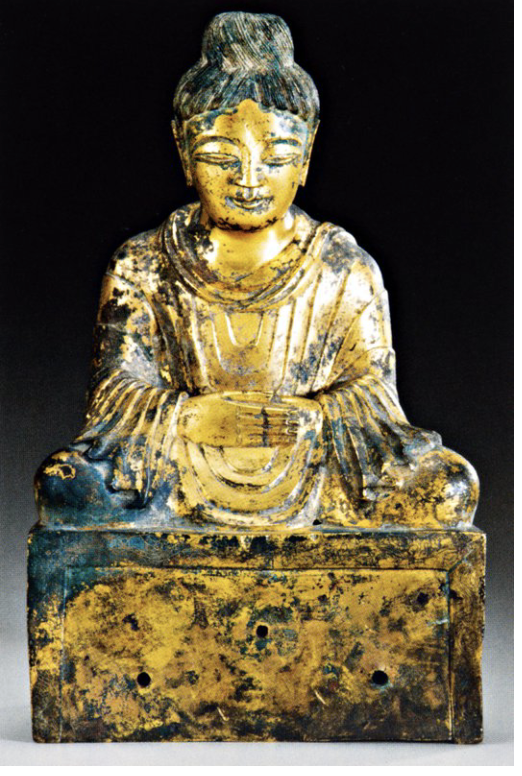
buddha
Chinese face on Gandhara style
assimilated non-chinese culture into china
Hebei Province, China
Zhao dynasty
Earliest known dated bronze statue in China
role of Buddhist bronze sculpture in the dissemination of the Buddhist
religion: easier to carry, not like stone, which is too heavy, not like wood,
which is not durable; the power of image; persecution of Buddhism;
destruction of bronze images
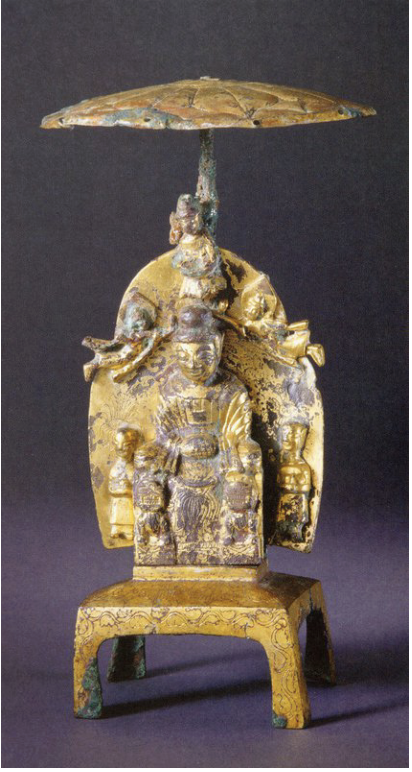
buddha
found in Hebei, China
Wei dynasty (386–534 CE) in China
blend of Gandharan and Chinese characteristics, reflecting the transmission of Buddhism along the Silk Road
The two smaller figures flanking the main Buddha are likely bodhisattvas
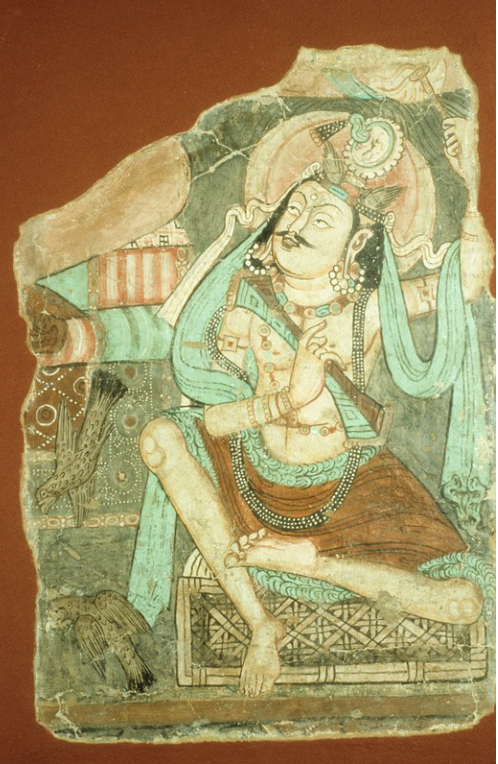
Cave of the Statues; general view, Seated Vajrapani
Kizil Caves in Xinjiang, China
Kizil Thousand Buddha Caves
The figure is identified as Vajrapani, a protective bodhisattva in Buddhism
a guardian figure who protects the Buddha and his teaching
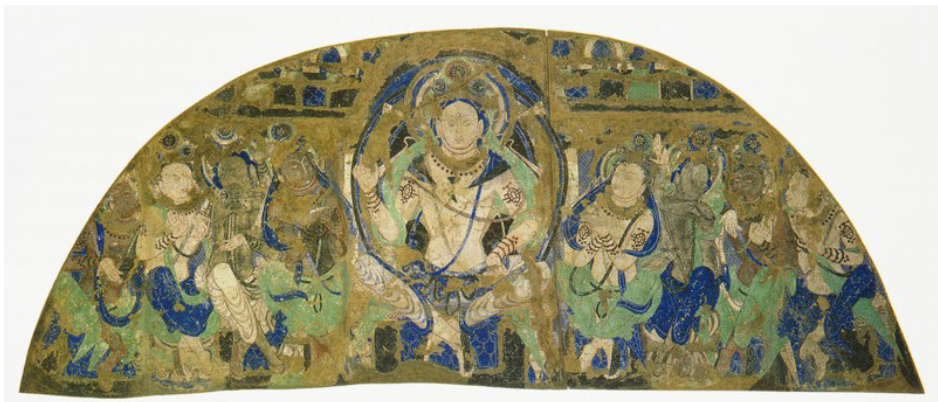
Bodhisattva Maitreya with attendants, painting over doorway,
cave 224
Kizil Caves in Xinjiang, China
Cave 224
Buddha Maitreya teaching, surrounded by disciples
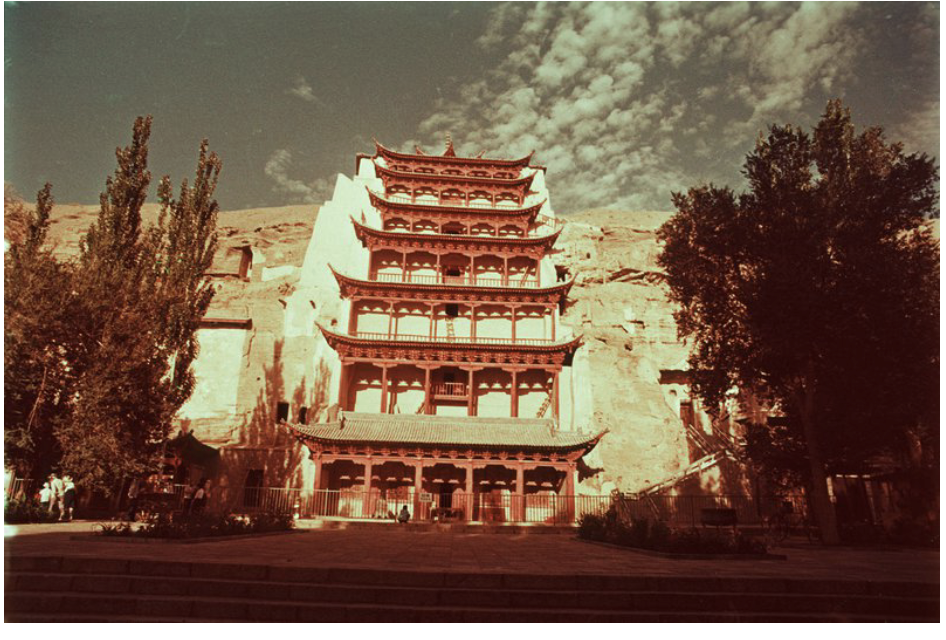
Mogao Caves (also, Dunhuang Caves or Caves of the Thousand
Buddhas)
Chinese styles and periods, Six Dynasties, Tang
Dynasty, Song Dynasty
location: Mogao (Gansu, China); Site: Dunhuang
(Gansu, China

Mogao Caves, Cave 17, Bodhisattva Guide of Souls
Mogao Caves, Cave 17,
Chinese Buddhist art from the late Tang Dynasty
the Five Dynasties and Ten Kingdoms period
the concept of Pure Land Buddhism
Avalokiteshvara (known as Guanyin in China), a deity of compassion
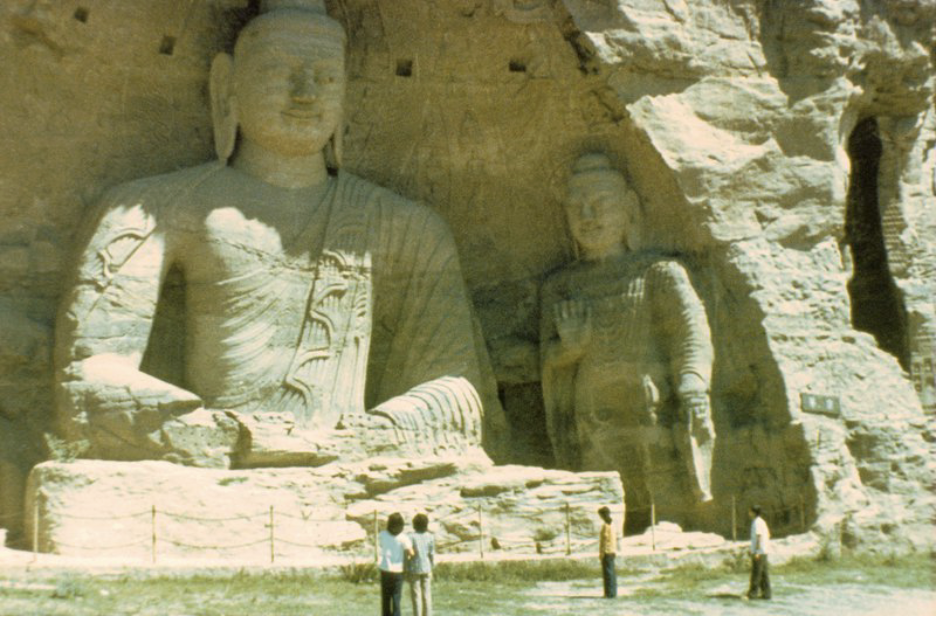
Yungang Caves, Buddha
Site: Datong (Shanxi, China)
Chinese styles and periods, Northern Wei
colossal images of the Buddha
he statues were commissioned to represent the first five emperors of the dynasty
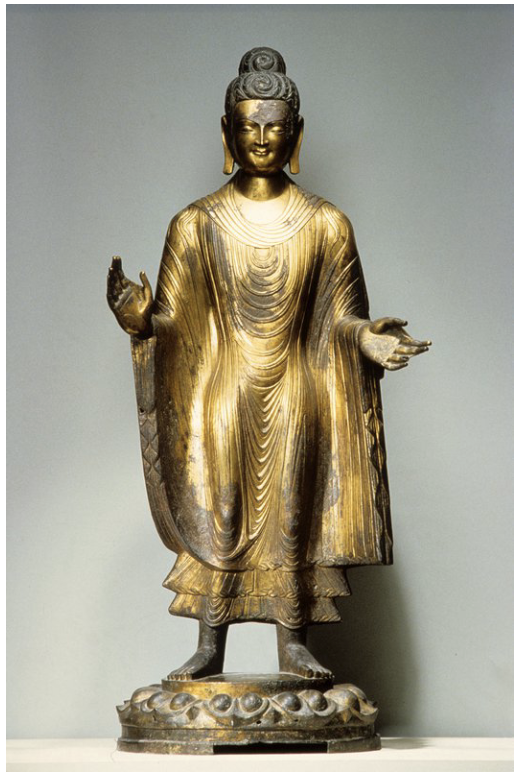
Standing Buddha
Buddha Maitreya
abhaya mudra, which is a gesture of reassurance, peace, and protection
The statue stands on a lotus base
style: Northern Wei dynasty (386–534 CE)
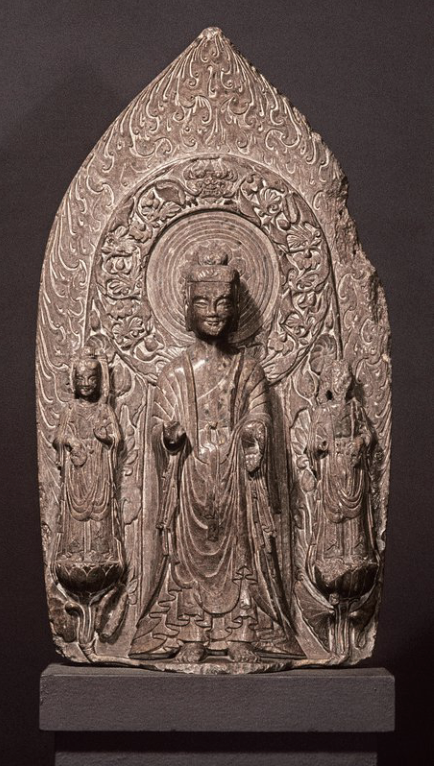
Sakyamuni Trinity
Hebei province, China
he two smaller figures on either side of the Buddha are bodhisattvas
The large, almond-shaped halo behind the figures is a mandorla. It is adorned with soaring flames and smaller decorative elements, such as lotus petals and celestial beings, signifying the sacred and divine nature of the Buddha
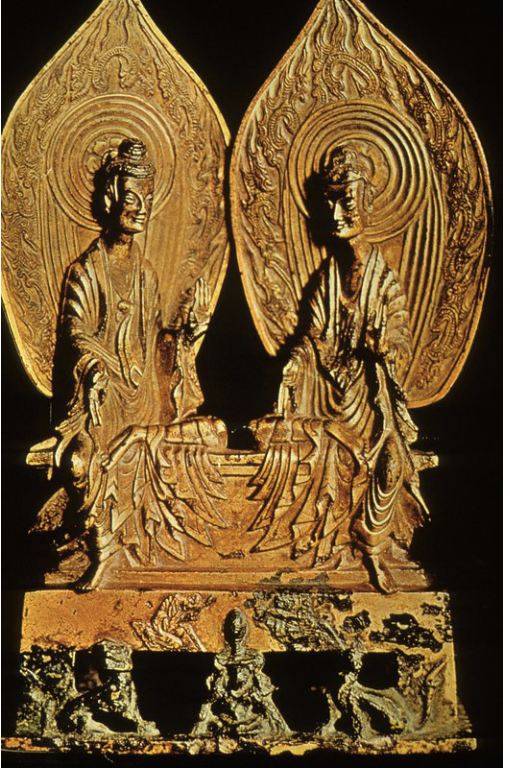
Buddha shrine
Northern Wei dynasty (386–534 CE)
Hebei province, China
The two Buddhas are seated side-by-side
The large, flame-like halo behind the figures, known as a mandorla
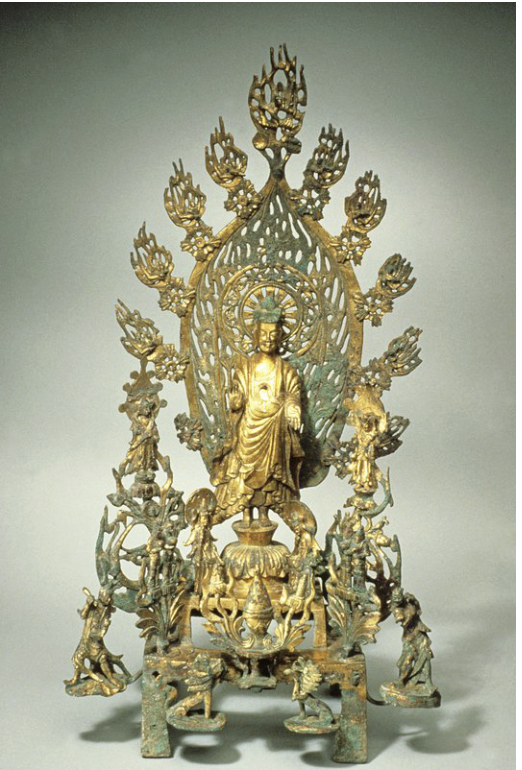
Maitreya Altarpiece from Hebei Province; general view
Northern Wei dynasty
Maitreya, the "Buddha of the Future,"
Mandorla

Maijishan Caves; general view, Grotto
near Luoyang (Henan, China); Site: Tianshui (Gansu,
China)
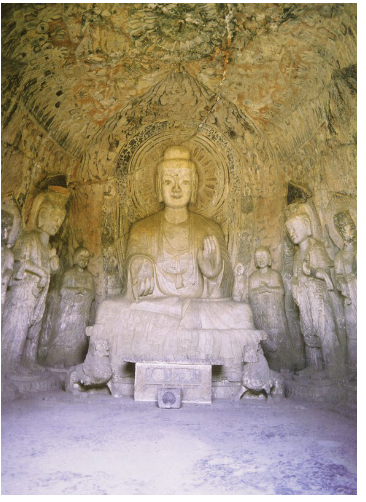
A buddha with attendants (back wall of cave 140)
Binyang Caves
Northern Wei dynasty
The central figure is typically the Buddha Shakyamuni
Longmen Caves, Emperor and his court as donors: worshipping
the Buddha
Northern Wei dynasty
Emperor Xiaowen and Empress Dowager Wenming, demonstrating a mix of religious devotion and imperial authority
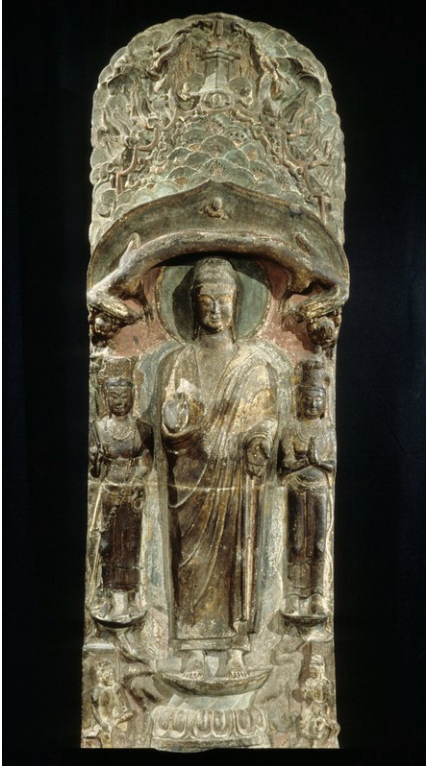
Buddhist Deities; general view
Northern Qi dynasty
a Buddhist triad
buddha and Guanyin Bodhisattva and Dashizhi Bodhisattva
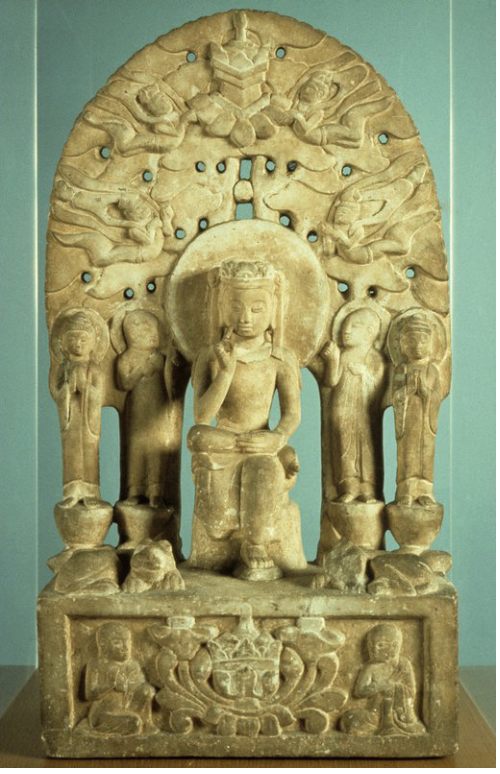
Maitreya, Buddha of the Future, and attendants
Eastern Wei dynasty (534-550 CE)
Hebei province
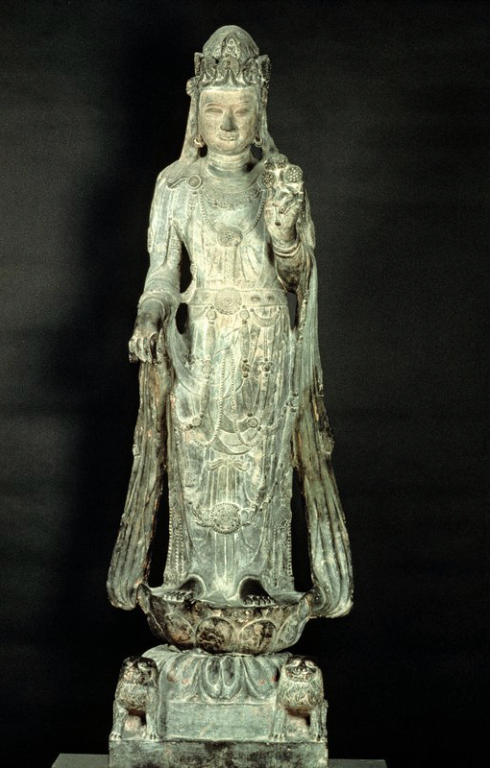
Guanyin standing, abhaya mudra pose
Bodhisattva figure, likely a depiction of Guanyin
Northern Qi dynasty
Hebei and Shanxi provinces
The two lions at the base of the sculpture serve as protectors of the sacred law of Buddhism
The Lotus Base
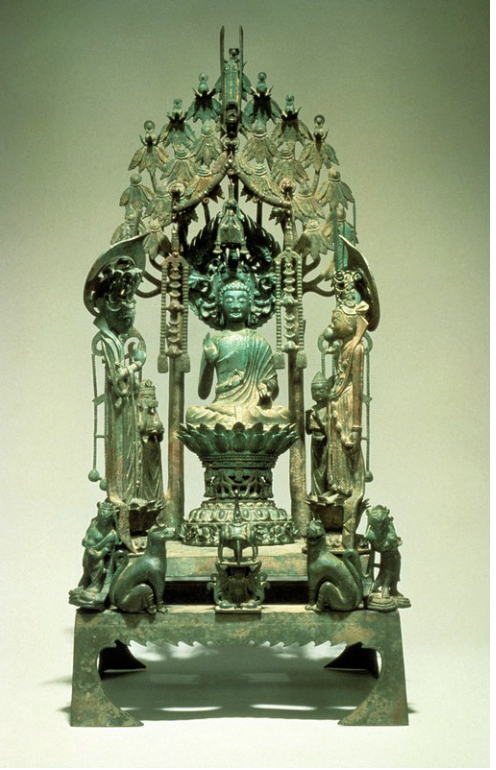
Altarpiece with Amitabha and Attendants
Sui dynasty
Buddha Amitābha
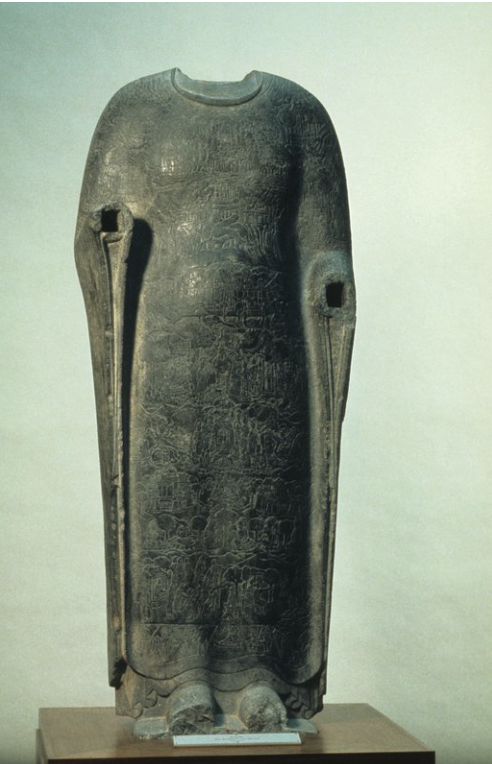
Standing Buddha
Northern Qi dynasty
universal Buddha from whom all other Buddhas emanate
The Robe of a Thousand Buddhas
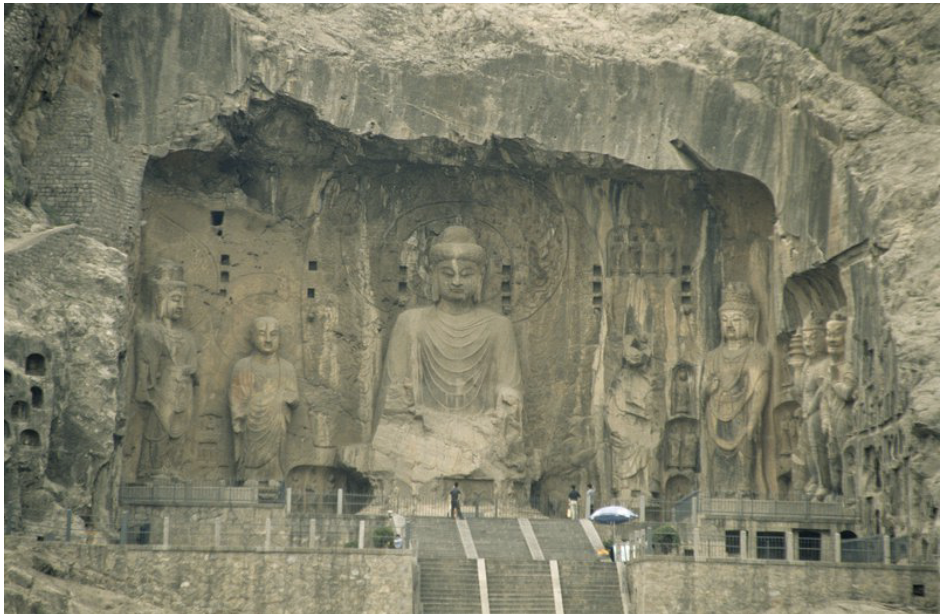
Longmen Caves, Fengxian Temple; interior, Lokesvararadja
Buddha and attendants
Tang Dynasty
commissioned by Emperor Gaozong and Empress Wu Zetian
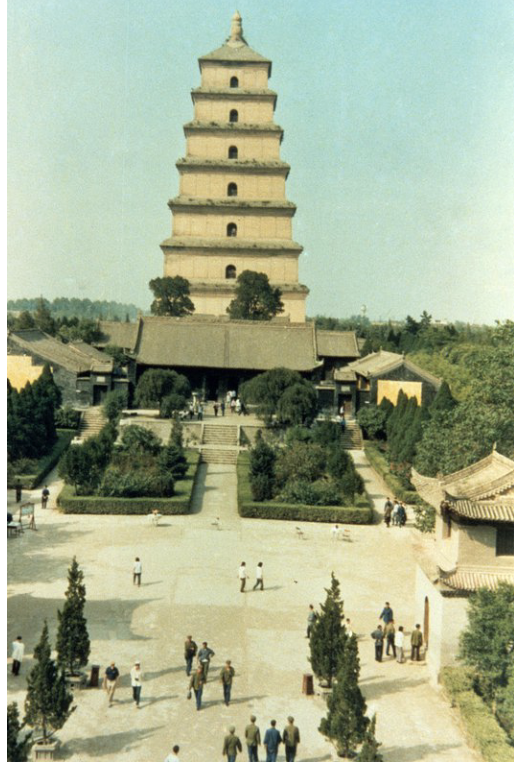
Big Wild Goose Pagoda
Xi'an, Shaanxi, China, within the Da Ci'en Temple complex
Tang Dynasty (618–907 CE)
to house Buddhist scriptures, statues, and relics
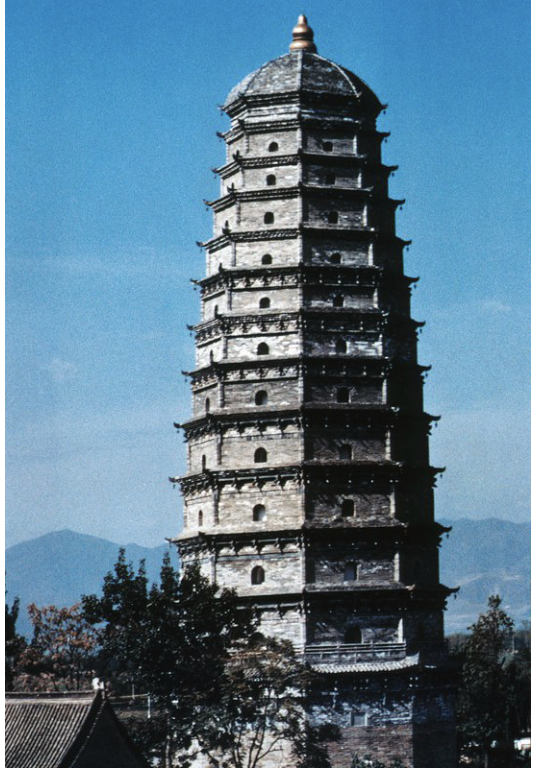
Famen Temple Pagoda;
Fufeng County, near the city of Baoji in Shaanxi province, China
Tang dynasty
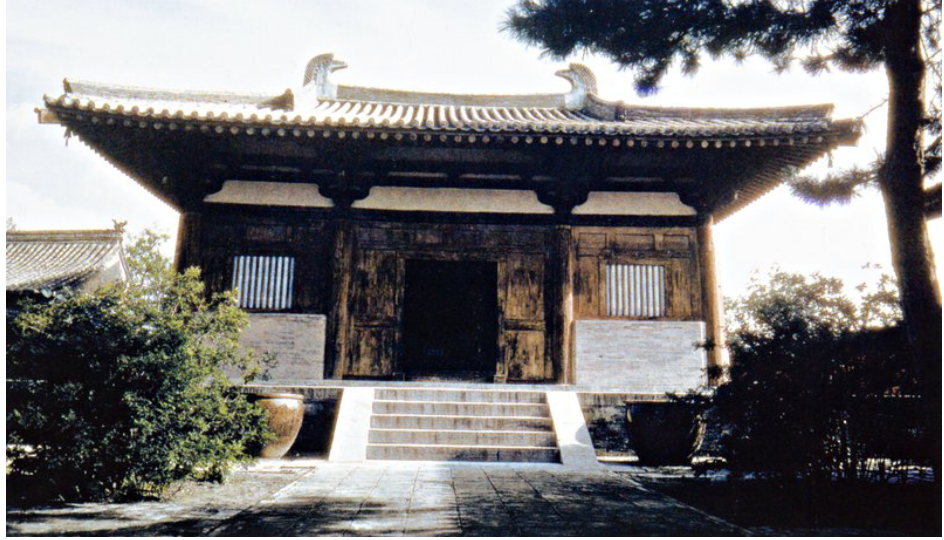
Nanchan Temple
Tang dynasty
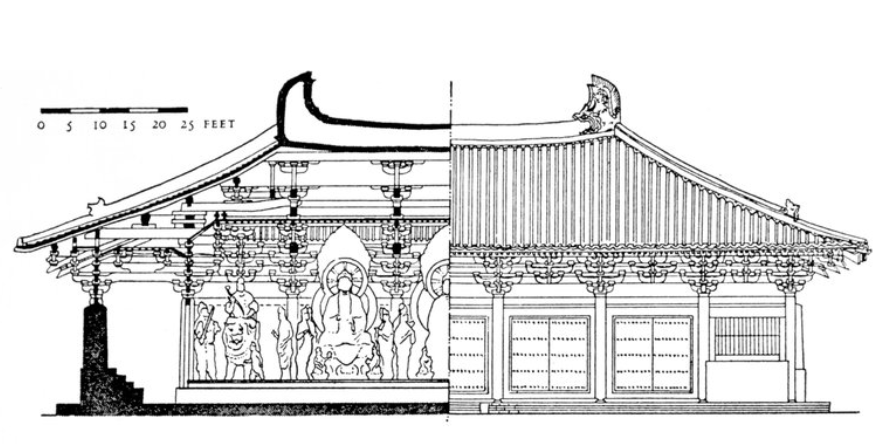
The Main Buddha Hall of Foguangsi at Wutaishan, Shanxi
Tang Dynasty
Repository of Faith